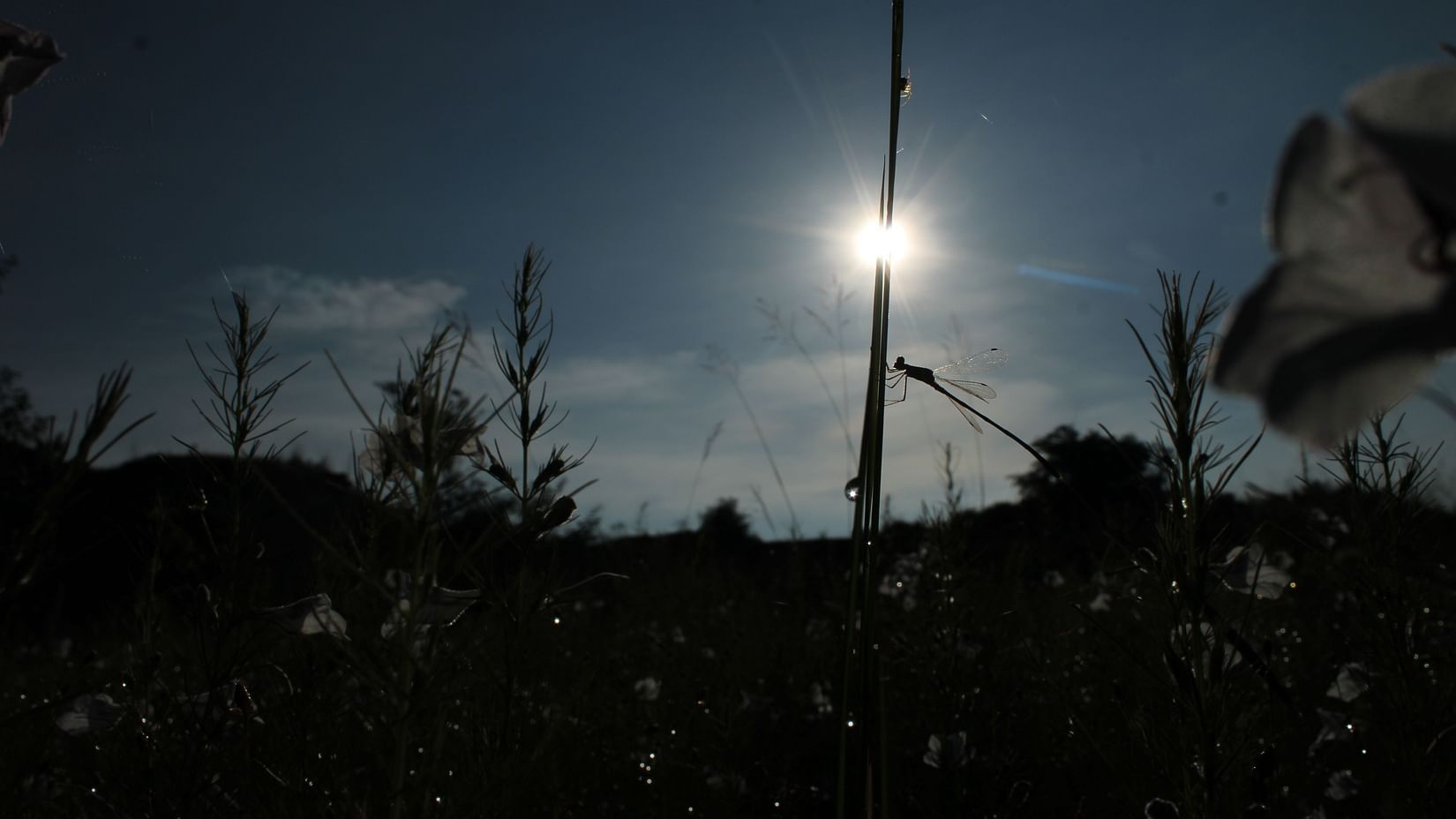- This Month in Wildlife Sightings #Jan2022
- This Month in Wildlife Sightings #Feb2022
- This Month in Wildlife Sightings #March2022
- This Month in Wildlife Sightings #April2022
- This Month in Wildlife Sightings #June2022
- This Month in Wildlife Sightings #Sep2022
- This Month in Wildlife Sightings #Nov2022
- This Month in Wildlife Sightings #Dec2022
- This Month in Wildlife Sightings #March2023
- This Month in Wildlife Sightings #April2023
- This Month in Wildlife Sightings #May2023
- This Month in Wildlife Sightings #June2023
- This Month in Wildlife Sightings #May2024

As Gir soaks in the favourable weather, it’s time to say goodbye to the scorching heat and the forest that harbours many interesting creatures has now turned into a shade of glorious green, writes our naturalist Karthik.
Rains are a great sigh of relief from hot summers. They present plenty of opportunities for most wildlife but heavy downpours and storms can be sometimes daunting. Dramatic showers continue to transform the Gir forest.

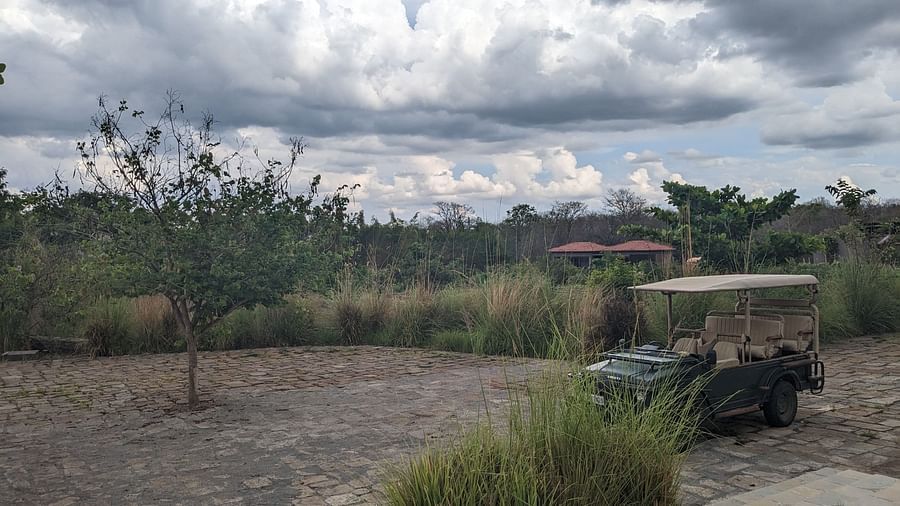



Mostly, predators and prey alike thrive in the monsoon season. Thanks to the rains, the forest nourishes the herbivores while providing carnivores such as the lions who are rather opportunistic, with necessary cover that leads to highly successful hunting.
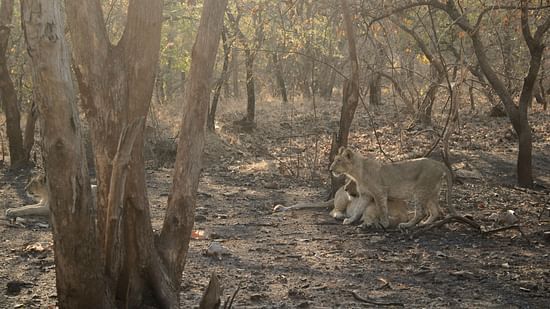

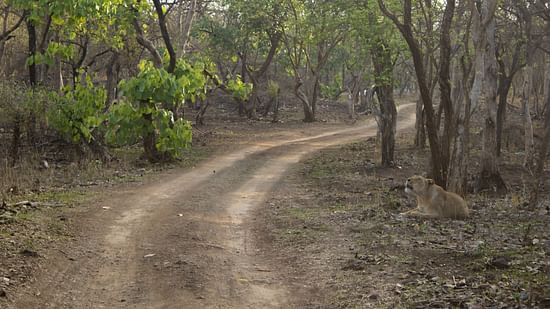
Rains as we know bring a lot more moisture in the atmosphere and to a lot of small critters it's a lifeline. At this time of the year, a large number of species laying dormant come alive, become highly active and make use of these favorable conditions to breed, feed and give life to the next generation.

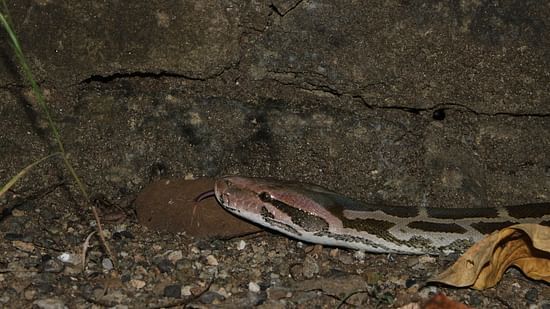

The activity of frogs is quite high after rains. They get very busy at night, calling and croaking to find a mate for life. Every individual species of frog has specific tones and wavelengths of sounds to match their own kind and communicate. This helps them to get close and breed and, hence, maintain their communities.
Some frogs use mediums other than air and their habitats to their advantage to make their sound reach further distance. Some call underwater while others make use of rocks, tree logs, hollows to amplify their sound.
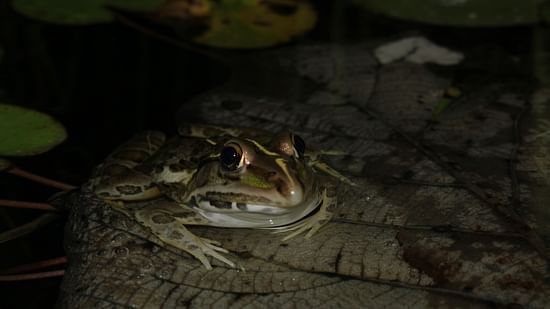
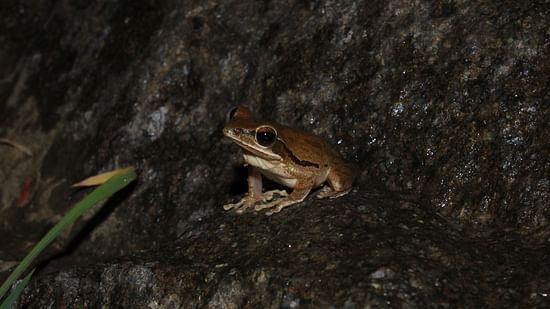

As the ecosystem continues to thrive from the rains, birds can be seen enjoying the feast that their bounty brings. However, storms and heavy rains can be quite challenging to deal with, so they perch on trees, and seek shelter under canopies, thick foliage and dense scrub. Some birds such as swallows and kingfishers seek refuge in mud hollows.
Most birds also have something called preen oil produced by a special gland they possess. They use this oil and preen themselves to keep their feathers clean and watertight.

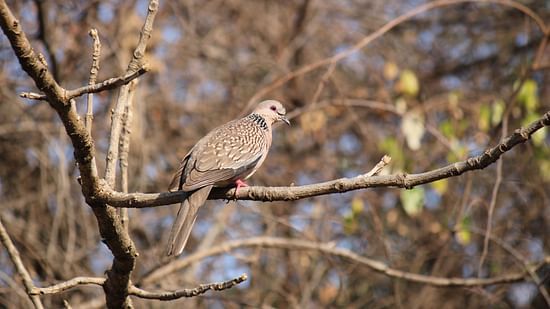
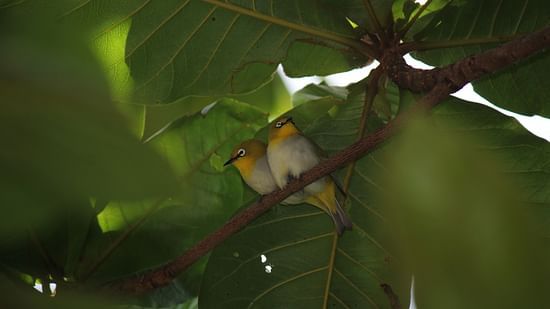
For arthropods and insects, it's a different story altogether. As the pressure in the atmosphere changes before it rains some sense it beforehand and rather stay in their comfy homes than coming out. Others just seek shelter in any small openings or crevices, tree hollows and foliage.

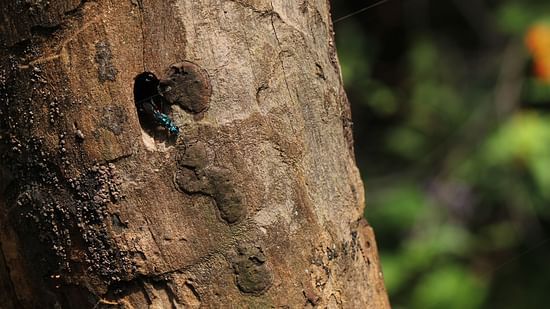

Dragonflies and damselflies usually land somewhere safe and use grasses, tree foliage and even rocky boulders as shelter. They just wait patiently until the conditions become better for them to take off again.
